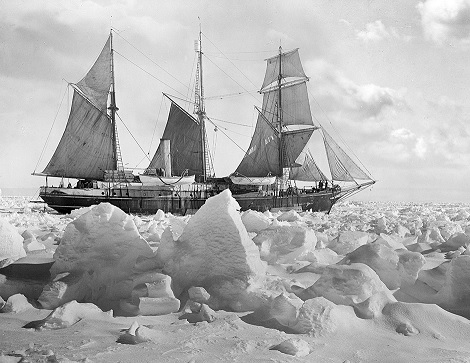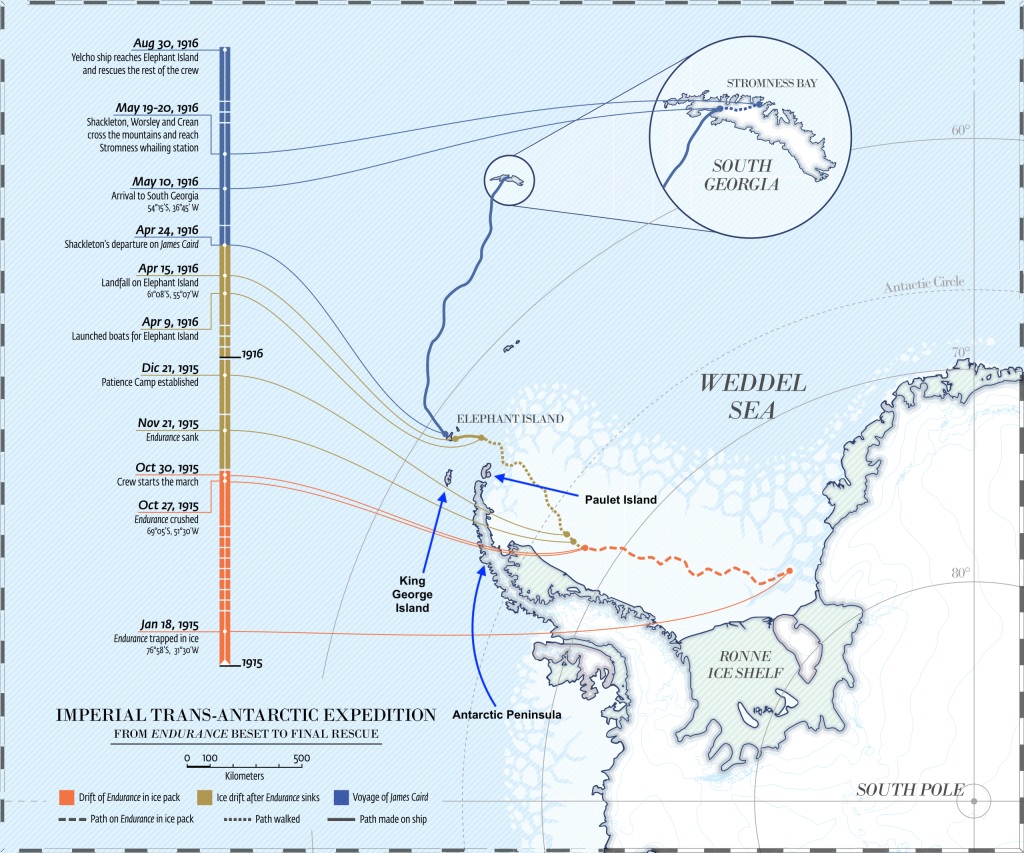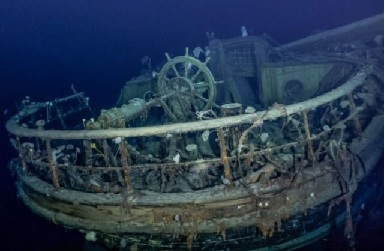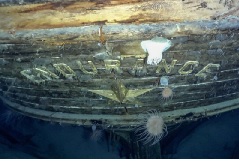Endurance
Noun – en·dur·ance | \ in-ˈdu̇r-ən(t)s – the fact or power of enduring an unpleasant or difficult process or situation without giving way.
I was recently scanning the headlines one morning on my news feed when a headline caught my attention: AUV Helps Find Endurance. I was probably only halfway into my daily coffee regiment, so without my spinach I banished the strange acronym to the “parking lot” for later identification and I quickly deduced (hoped) that “Endurance” was the ship. The Ship. Tapping the article into full screen brought up a full color picture that confirmed the AUV, (whatever that is) found Sir Ernest Shackleton’s famed wreck from the Antarctic – The Endurance.
Amazing! But why did I care? They look for and find shipwrecks all the time – like that one that starts with a T. I didn’t have any distant relatives who sailed the Endurance. Finding her wouldn’t make my lost retainer from 9th grade suddenly appear. I don’t own stock in the insurance company that sold a policy on the bulging wooden ship, with full knowledge that Shackleton planned to sail her into the ice laden seas of the Antarctic. (Who does that?) I’m assuming if they’re still around that insurance company would now own the ship.

But for anyone who knows the story of Shackleton’s Transantarctic Expedition in 1914, sailing the Endurance was just the beginning. I won’t recount the entire story here, but the events that transpired provide many insights into human responses to stress and extreme conditions, providing some lessons we may all benefit from both personally and professionally. The expedition was supposed to last months, landing a small group on one side of Antarctica who would trek across the South Pole and meet their ride home on the other side of the continent. Almost two years after the trip began from London, it ended with a rescue of all crew members, none of whom ever set foot on Antarctica. A few events to note during those two years:
- While sailing to the targeted landing area in Antarctica, the Endurance and her 27 crewmembers become stuck in pack ice well off the coast.
- They drift for 9 months on the pack ice, moving further away from their intended landing area. During this time the Endurance succumbs to the pressure of ice on her hull, takes on water, and eventually sinks. The crew is forced to camp on the ice.
- As the ice finally begins to break apart, the crew sets sail in 3 lifeboats for the uninhabited Elephant Island 100 miles away.
- After reaching Elephant Island where he knows no rescue will ever come, Shackleton sets out with 5 of the crew in one small lifeboat towards a whaling station on South Georgia Island – over 800 miles away.
- Upon reaching South Georgia, rough seas and a treacherous coastline force the lifeboat to land on the opposite side of the island from the whaling station.
- Shackleton selects two men to accompany him on the trek across the mountainous snow covered island. After 36 straight hours of hiking, the 3 men reach the whaling station 22 miles from where they landed.
- Immediately Shackleton begins mobilizing help to rescue the landing party on the other side of South Georgia, and eventually all of the men he had left on Elephant Island – some 4 months prior. He did not lose any members of the expedition throughout the entire journey.

There are so many aspects of what was accomplished during this failed expedition that serve as topics deserving study – or further blog posts – that go beyond what was accomplished physically. Did Shackleton’s unorthodox methods for hiring crew play a part in assembling the right mix of people to overcome these amazing challenges? How was morale managed across so many months of uncertainty filled with long stretches of boredom bookended with life and death struggles? How were the dynamics of leadership versus management employed to keep the crew focused and harmonized? How did Shackleton turn every failure during the expedition into an opportunity to pivot and move forward? The list could go on and on.
But the lessons gleaned from this story have personally impacted me and serve as reminders when facing everyday obstacles. Things like – the power of positivity, the need for direction and focus, the ability to know when to course correct, matching skillsets to tasks, resilience, leading versus managing…and so many more.


Since this is a blog post and therefore meant to be short, I’ll leave readers to explore studies of the above on their own. And if you are not familiar with the full story of Shackleton’s expedition, I would encourage you to seek out one of the many books or documentaries for a full accounting of what transpired – many of which include actual pictures and short videos taken during the journey. PBS even did a three part series where modern day explorers retrace and attempt to match what was accomplished, including the 800 mile crossing from Elephant Island to South Georgia in a small wooden boat, and hiking across a snow covered mountains once arriving. It still amazes me to this day that this is a true story.
Link to the PBS series (you must be a member to watch, but you can find other sources online including through the Boston Public Library system.)
https://www.pbs.org/show/chasing-shackleton/
Two excellent books:
The Endurance: Shackleton’s Legendary Expedition by Caroline Alexander
Endurance: Shackleton’s Incredible Voyage by Alfred Lansing
